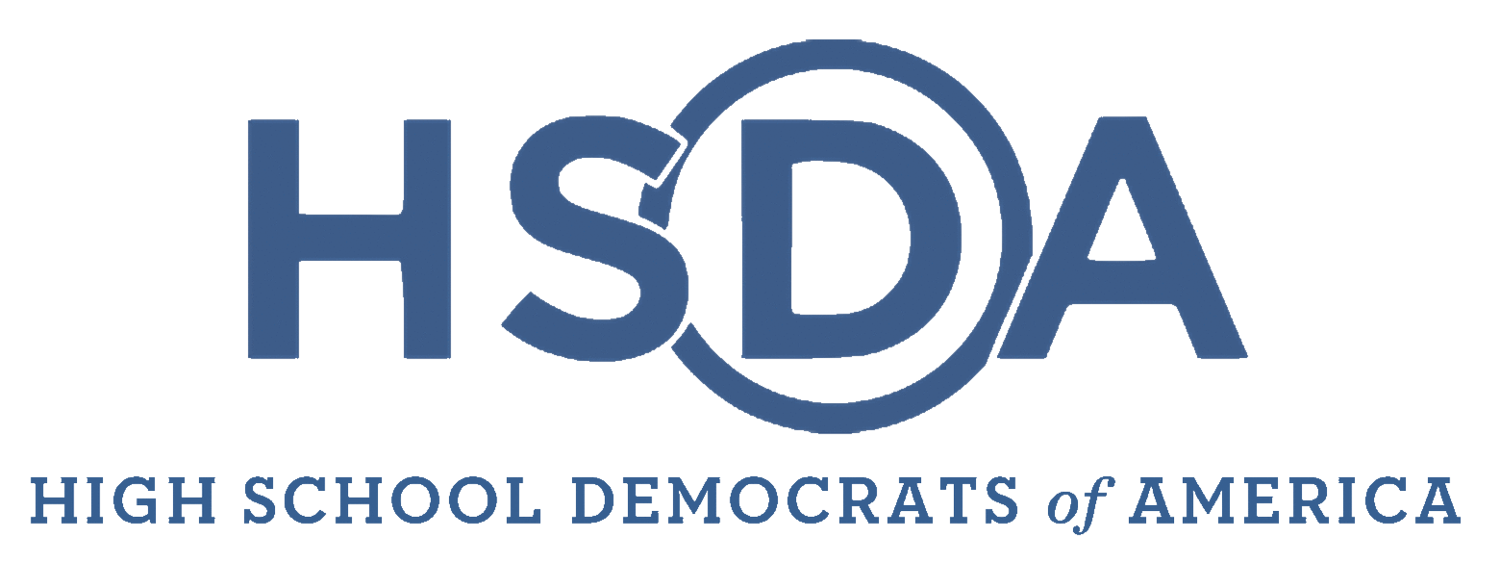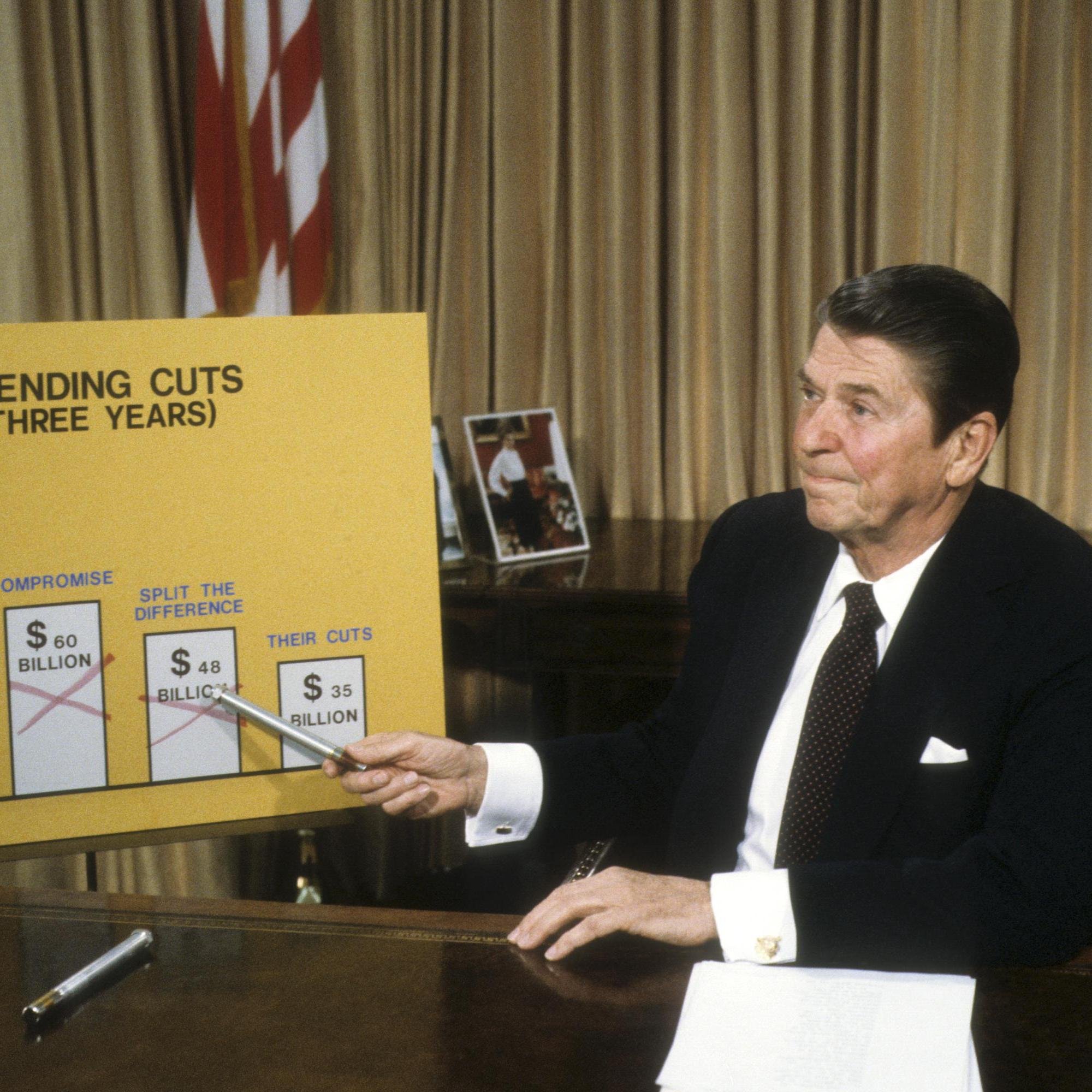Blame Reagan
Article by Asya Ardawatia, TPT Staff Writer
Almost every major political and economic issue in America can be traced back to Reagan. From increasing income inequality to the rise of Trumpism, Reagan’s policies in the 1980s lie at the root of these issues. However, before I discuss how the 40th U.S President was a direct cause of the current political atmosphere, it is important to understand Reaganomics and its impact on the American people.
Reagan’s tax cuts and reduction of tax brackets directly enabled the ultra-rich to hoard the majority of America’s wealth. By slashing the tax rate for top-income earners from 70% to 28% and corporate tax rates from 50% to almost nothing, the rich became richer. The rationale given for these tax cuts stemmed from an idea called “trickle down economics'' where, in theory, the rich would pass these benefits down to the poor by improving working conditions, increasing wages, or creating jobs.
However, experts like John Komlos from PBS contend that the “flow had the viscosity of molasses and stuck with the ultrarich.” These millionaires, who just saved more than half in taxes, were not incentivized to create jobs or help the middle class; instead they could now fund think tanks, hire economists that advocated for this ideology, influence politicians, and utilize their wealth to shape nationwide policy. This created an endless cycle where the opulent has hoarded their wealth and spread their influence, socially and politically, to the detriment of the middle class and the poor. In turn, income inequality increased, economic mobility declined, and the national debt tripled from $995 billion to $2.9 trillion.
It is important to recognize the impact Reagan had on the wages of the working class in America. Before Reagan’s institution, under FDR’s New Deal, capitalism was heavily regulated and the nation’s largest employer was General Motors, who paid their workers $50 an hour (adjusted for inflation). This allowed for the middle class to expand, and workers had money to afford basic necessities, start a family, and buy a home.
Now, after Reagan’s policies, Walmart holds the title for the largest employer but only pays their employees an average of $10 an hour, only slightly above the federal minimum wage of $7.25 The income levels for the top 1% in America have skyrocketed while the wages for the middle and lower classes have remained practically stagnant.
Although it is now commonplace to associate the GOP with union-busting, this was not always the case. Ronald Reagan was a union man and a former member of the Screen Actors Guild. He reached out to PATCO, the air-traffic controller union, and asked them for their endorsement during the election of 1980. In return, he promised to support their union. Yet when PATCO went on strike shortly after his presidency began, he threatened to fire them if they failed to report to duty within 48 hours. On August 5, 1981, Reagan fired 11,345 air-traffic controllers. His decision to turn his back on unions sent a shockwave throughout the nation, undermining the importance of unions. However, the decline of unions led to a redistribution of income landscape, moving wealth from the lower class exclusively to the upper class. Subsequently, this resulted in exacerbated economic inequality and heightened class tensions.
Medical debt is yet another essential aspect of American life. It’s not surprising that Reagan’s administration laid the groundwork for today’s exorbitant medical costs.
The Great Deregulator served as the kingpin in allowing healthcare costs to soar and is the reason 23 million Americans are drowning in significant medical debt (almost $195 billion). He ended the non-profit requirements of hospitals and insurance companies in several states, allowing for the rise of managed care. Instead of governmental regulations, the healthcare industry was heavily deregulated, allowing the capitalistic version of the medical industry to rise. for-profit companies which became common in health care, were, for the first time, focused on profit maximization, not cost control.
Moreover, Reagan slashed the budget of the Department of Health and Human Services by 25%, Medicaid by 18%, and funding for child and maternal health by 18%. His lack of investment in the public good had devastating consequences on public health. Hundreds of hospitals and community health centers in rural areas were shut down, 600,000 people lost Medicaid, and a million lost their food stamps. These policies resulted in a two percent increase in the overall poverty rate in America.
While he served as governor of California, Reagan pushed to cut funding towards the University of California system. Jon Schwarz explains how Roger A. Freeman, Reagan’s education advisor, claimed that a free education system would “produc[e] an educated proletariat” and they would have to be “more selective on who we allow [to go to college].” This sentiment originated from their reaction to the protests against the Vietnam War that occurred on these campuses, especially UC Berkeley. The success of his attacks on California colleges inspired conservative politicians around the country to follow in his footsteps. This period marked a turning point in the nation’s perspective on higher education. Formerly, there had been a bipartisan agreement to sponsor high quality public universities. However, as the notion that colleges created “filthy speech advocates,” the public began to believe that they shouldn’t be “subsidizing intellectual curiosity,” This belief resulted in the drastic increase of college tuition and student loans.
Finally, it’s important to touch on Reagan’s crowning achievement: the deregulation of the financial sector.
In 1981, Reagan declared the government not the solution but the problem and throughout the next eight years, he kept his promise. The Garn-St. Germain Depository Institutions Act allowed the savings and loan industry whose deposits were federally insured to gamble (and even loot) taxpayer money.
Photo via The Sunday Times/David Hume Kennerly/Getty Images
In addition, Paul Krugman states that Reagan’s policies ended New Deal era restrictions on mortgage lending that limited the ability of the common people to buy homes without having to put a significant amount of money down. The International Monetary Fund describes how this deregulation (constituting “asymmetric compensation schemes, concentration in the banking system, and bailout expectations”) promotes increased risk-taking and provides the financial sector more surplus at the expense of the rest of the economy.
In fact, the recession of 2008 was a culmination of Reaganomics and Bush’s similar policies which followed that of Reagan’s practices. When the crisis hit, Wall Street received trillions of dollars in support while Main Street received almost nothing— only up to 99 weeks of unemployment benefits. Millions lost their jobs and homes while CEOs were handed cash bailouts. The corporate takeover of America that began with the Reagan administration has exacerbated economic inequality and decimated the middle class.
It seems counterintuitive that years of deregulation which has injured the economy, and tax cuts that have allowed the rich to hoard their wealth, would only drive working class Americans away from the Republican politicians who support policies that enable this. How has the widened wage gap and disappearing middle class resulted in the demagoguery that thrives in the media today?
To understand this, it is important to know why the GOP favors the interests of the ultrarich. When wealth is distributed equally, social instability resulting from progressive movements is inevitable. In the 1960s and 70s, when regulation and taxes on the rich were at their strongest, social movements like the Civil Rights, women’s, anti-war, environmental movement grew in popularity and resulted in actual progress.
This terrified conservatives and it’s a main factor why they tend to gravitate towards legislation that allows for economic instability which suppresses any calls for social progression. If you’re working two part-time jobs trying to make ends meet, when will you find the time or energy to join a protest or advocate for change?
The Republican Party has gained popularity among lower economic classes by exploiting fault lines between race, religion, and gender. They take advantage of the anger and desperation in the working class and instead of blaming those truly at fault —large corporations and governmental deregulation policies— the GOP turns Americans against each other.
They blame immigrants for coming here and “stealing” jobs; they blame China and Mexico for taking American jobs; they vilify women in an attempt to win the vote of men who feel like they unfairly lost their job to a woman; they use minorities as scapegoats. Their twist on the phrase ‘divide and conquer’ and the uplifting of the American white majority by promoting white supremacy has resulted in disastrous political ramifications that have reverberated throughout the nation. By reinforcing the differences between these different groups of people and conflating economic instability and inequality with race politics, the Republican Party continues to gain influence in advance of the 2024 election.
A large part of these consequences are a direct result of Reaganomics.
The views articulated in this piece are the writer’s own, and do not reflect the official stances of The Progressive Teen or HSDA at large.


